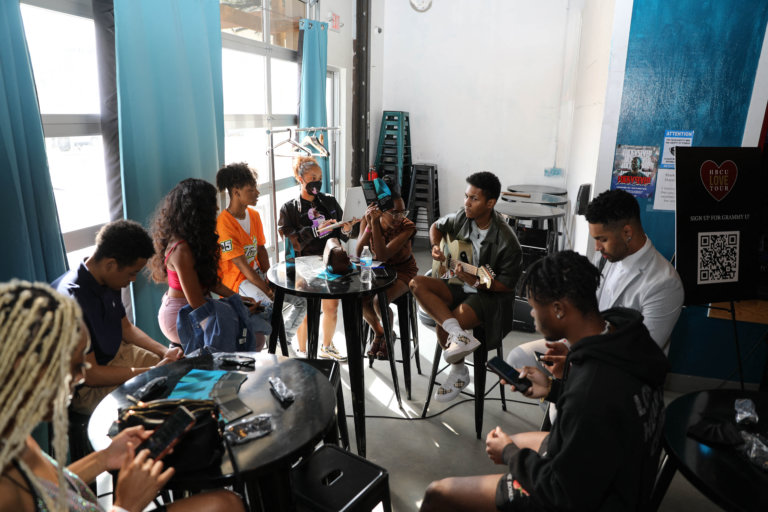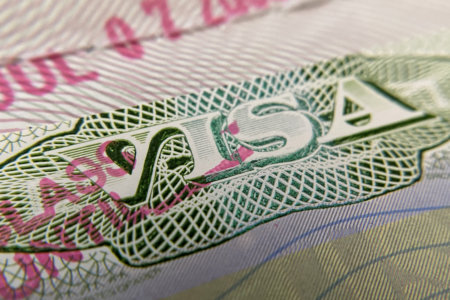
Visa rejections happen, including to student visa applicants who already have an unconditional offer from their applied institutions. Recently, the Minister-Counsellor for Consular Affairs in New Delhi Donald L Heflin said a software change in processing a student’s visa application to the US database will deter applicants who’ve had their student visa rejected at least once from reapplying again in the same year.
While getting your student visa application rejected can be hard on any student, it is not the end of the road. There are steps you can take to improve your chances of securing a student visa to the US in the next round of applications or opt for a different study abroad destination.
Here are five steps you can take if your student visa application to the US gets rejected.

Securing a US student visa can open up many educational opportunities for international students. However, not all applicants are successful. Source: Chris Delmas/AFP
Student visa application to the US: 5 steps rejected applicants can consider
Understand why your application was rejected
It helps to understand where you went wrong with your student visa application and work on those areas.
According to reports, these are some of the common reasons why an F-1 student visa may get rejected:
- Unsatisfactory proof of sufficient funds to support the student’s education
- English language requirements are not up to par with the required academic standards to study in a native English-speaking setting
- Insufficient documents, either missing or faulty
- Poor behaviour during the interview
- A failed background check (history, same/duplicate names and other reasons)
- Unsatisfactory justification for choosing a particular course or university
- Lack of preparation demonstrated during the interview
- Reasons beyond the student’s control such as a high volume of applications
Apply for a waiver
Applicants who have had their US student visa rejected will be notified of the section of laws in which they didn’t satisfy the requirements.
Visa applicants are advised by the consular office if they may apply for a waiver of their ineligibility. Some of the common reasons for visa ineligibilities can be accessed here.

If your F-1 visa application gets rejected, consider studying in a different country. Germany is a popular choice among international students as their public universities do not charge tuition. Source: John MacDougall/AFP
Reapply
Once you have assessed your weak areas and improved them, it’s time to reapply for an F-1 student visa again.
There is no limit on the number of times students can reapply, but it is critical that you learn from previous mistakes (if any) before reapplying.
It’s worth remembering that there have been instances where people endure multiple rejections, so it’s not as uncommon as you may think.

Studying locally could be a financially viable solution for students who get their F-1 student visa denied. Source: Charly Triballeau/AFP
Alternatively, look for options elsewhere
If you feel like reapplying for a US student visa isn’t a viable option anymore, it might be time to explore another study abroad destination.
Countries such as Canada, Germany, UK, Australia and New Zealand offer a wealth of opportunities for you to gain a fruitful study abroad experience.
Check the requirements of courses, institutions, visas and possible scholarships you can apply for to make your study abroad dream a reality.
Or, opt to study locally
Depending on where you’re from, you might want to consider attending a local institution if there are good options for you back home. It’s not the same as studying abroad, but there’s no harm in hitting the pause button on your study abroad dream for now.
After all, you can always revisit the plan for your master’s or PhD.










